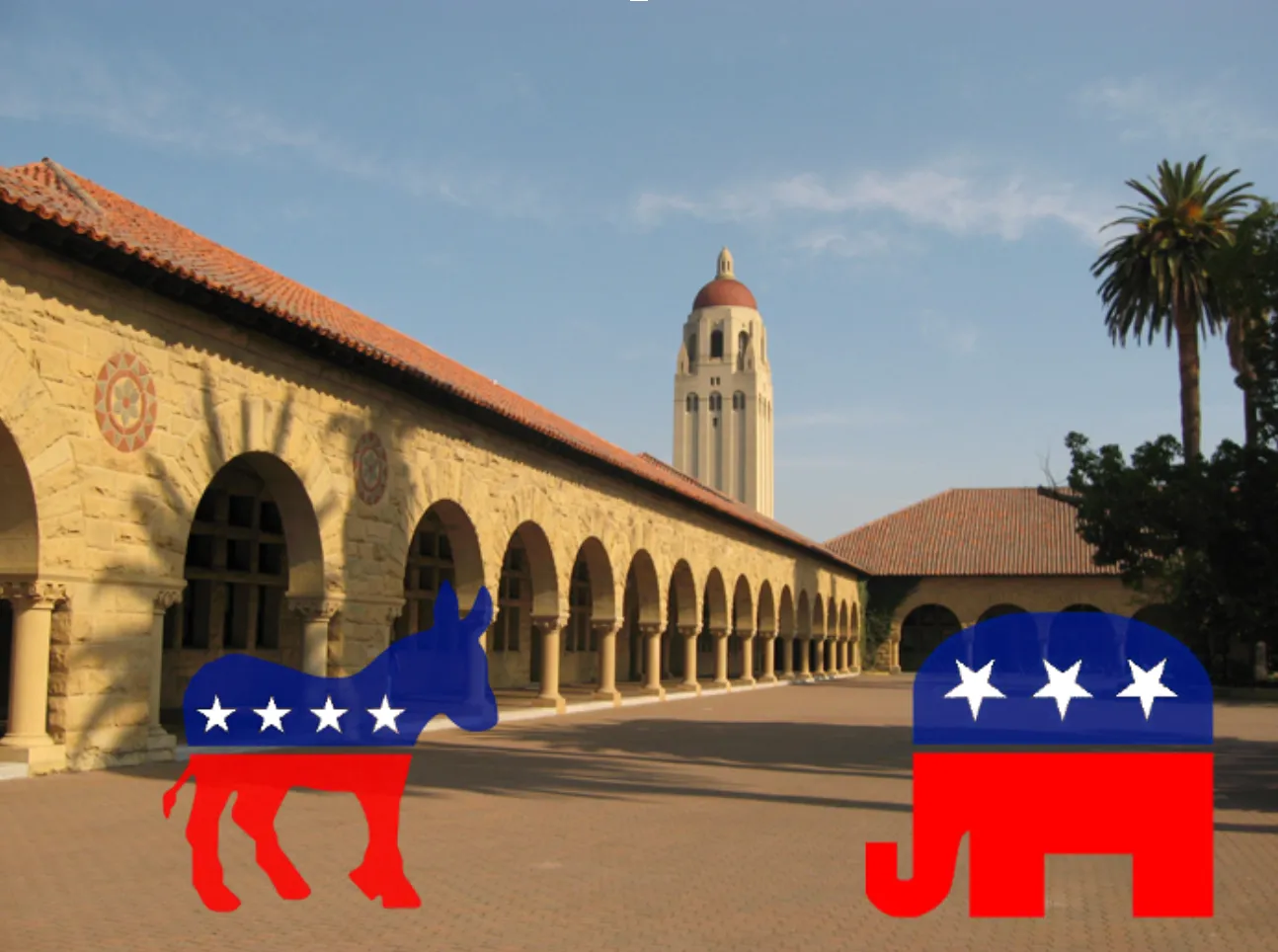Table of Contents
I brought up the issue of transfer admissions a few weeks ago, focusing on the nature of the current class of transfer admissions. What I did not have time to do was look at the historical data for transfer admissions to Stanford. Let’s get to a couple of graphs. First, the total transfer applicants to Stanford:
The trend line is mostly unchanged throughout the last decade of transfer admissions, hovering around 1300 applicants. This is actually quite interesting given the decreasing admissions rate of freshman applicants (a naive assumption would be that transfer applications would increase as students did not get into the schools of their choice, but this seems to not be the case). Now, let’s look at another graph:
The number of transfer students admitted has decreased continuously since 2001, falling precipitously in 2007 from 72 to 23 spots. Despite some Google searching, I couldn’t find an article on why the admissions was cut to a third of its former number (Stanford’s current Dean of Admissions Richard Shaw joined on Sept. 1 2005, and new policies may have been instituted in the first full cycle following his arrival). For completeness, we have the admissions rate chart:
As I argued last time, transfers provide a wealth of diverse experiences to the Stanford body, and are among the most passionate people that I have met here. As we talk about expanding the number of students at Stanford, the need to evaluate the goals of transfer admissions must be part of the conversation. Harvard, for instance, entirely eliminated their transfer admissions program before bringing it back last year. Part of the strength of the American education system is that students are not locked in to their early choices in life – late bloomers can and do find success in the system. But if transfer programs continue to get cut, we may lose the opportunity to bring very exceptional students to our student body, to the detriment of us all.










